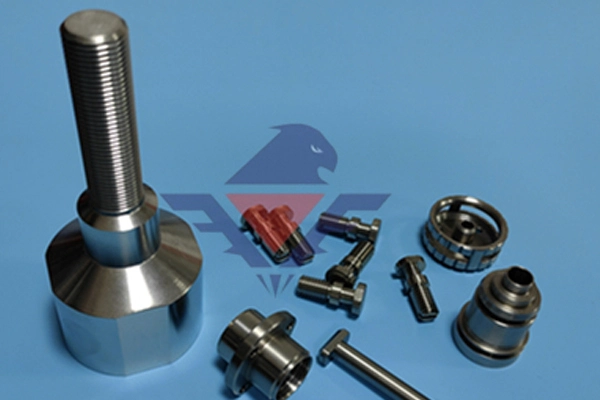Precision Swiss Machining for Complex Components

。
# Precision Swiss Machining for Complex Components
## What is Swiss Machining?
Swiss machining, also known as Swiss screw machining or Swiss turning, is a specialized precision machining process that originated in Switzerland. This advanced manufacturing technique is designed to produce small, intricate, and high-precision components with exceptional accuracy and repeatability.
The Swiss machining process differs from conventional turning operations by using a sliding headstock and guide bushing system. This unique configuration provides superior support for the workpiece, allowing for precise machining of long, slender parts that would otherwise be difficult to manufacture using traditional methods.
## Advantages of Swiss Machining
Swiss machining offers several significant advantages for manufacturing complex components:
– Exceptional precision with tolerances as tight as ±0.0001 inches
– Ability to machine long, slender parts without deflection
– Simultaneous multi-axis machining capabilities
– Reduced material waste due to efficient machining processes
– High production rates for small, complex parts
– Excellent surface finishes without secondary operations
## Applications of Swiss Machining
Swiss machining is particularly well-suited for industries requiring high-precision components:
### Medical Industry
The medical field extensively uses Swiss machining for:
– Surgical instruments
– Implantable devices
– Dental components
– Micro-sized medical parts
### Aerospace Industry
Aerospace applications include:
– Fuel system components
– Sensor housings
– Actuator parts
– Precision fasteners
### Electronics Industry
Electronic applications benefit from:
– Connector pins
– Miniature shafts
– Precision bushings
– Micro-sized components
## The Swiss Machining Process
The Swiss machining process involves several key elements:
1. Material is fed through a guide bushing close to the cutting tools
2. The headstock moves while the tools remain stationary
3. Multiple tools can operate simultaneously on different axes
4. Live tooling allows for milling, drilling, and other operations
5. Parts can be completed in a single setup
This process enables the production of complex geometries that would otherwise require multiple machining operations on different machines.
## Choosing the Right Swiss Machining Partner
When selecting a Swiss machining provider, consider these factors:
Keyword: Swiss Machining
– Experience with your specific industry requirements
– Capability to handle your material specifications
– Quality control processes and certifications
– Ability to meet your volume needs
– Technical expertise in complex geometries
– Turnaround time and reliability
Precision Swiss machining continues to be the gold standard for manufacturing small, complex components across various industries. Its unique capabilities make it indispensable for applications demanding the highest levels of accuracy and repeatability.